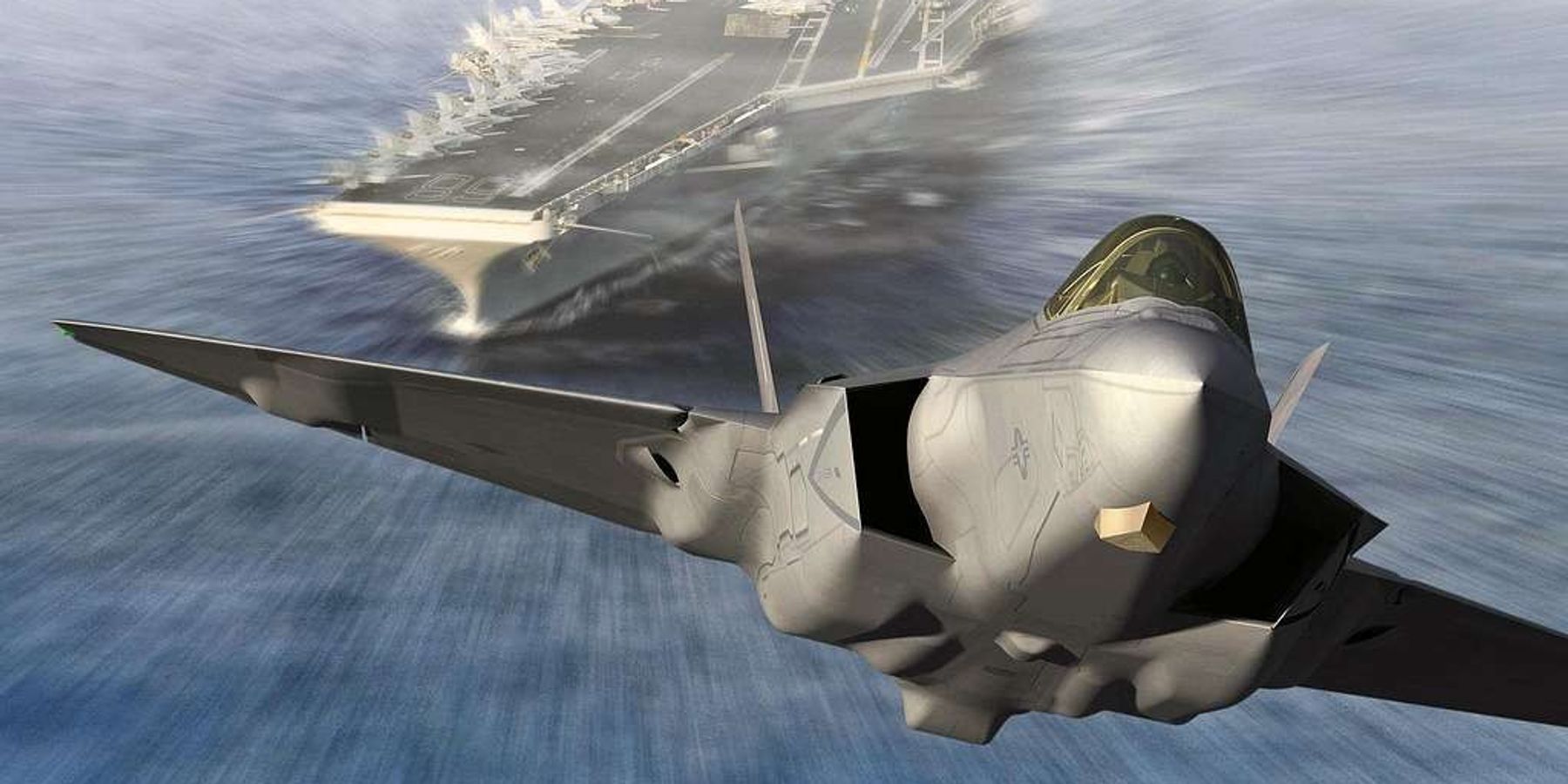Twenty young Americans have died in a series of V-22 Osprey crashes over the past two years. Since the revolutionary tilt-rotor aircraft began flying in 1989, 57 Ospreys have suffered significant accidents killing a total of 62 service members and injuring another 93.
The House Oversight Committee (notably not the Armed Services Committee) held a hearing on June 12 to listen to testimony about the program’s safety concerns. Members were told the Osprey would continue to fly for short trips in spite of a known faulty part while engineers try to devise a permanent fix.
It is easy to fixate on Osprey crashes when they happen because, as a transport aircraft, they can kill a lot of people in a single instant. What has been overlooked is what the Osprey represents in a larger pattern of DoD acquisition failures.
In many respects, the Osprey led the way in a trend towards ever-increasing complex weapons programs. Instead of iterating on the tried-and-true CH-46 Sea Knight helicopter program it was meant to replace, Marine Corps leaders fully invested themselves on an untested and underdeveloped program based on entirely new and more complex technology.
The Osprey’s mission is straightforward. It is supposed to move people and things from one place to another. The Marine Corps had been doing that successfully with helicopters for decades. Rather than building another helicopter, service leaders decided to build a revolutionary aircraft that can take off and land like a helicopter but fly like a fixed-wing airplane. That may look good on paper, but the concept has come with a steep cost.
The Osprey is much more expensive than a comparable helicopter. Adjusted for inflation, the cost of a CH-46 helicopter is approximately $17 million compared to the $84 million for the Osprey that replaced it. That is a heavy premium for an aircraft that today is only allowed to fly no more than 30 minutes from a suitable airfield.
This has had a significant follow-on effect. Navy leaders had plans to retire the last 15 C2 Greyhound fixed-wing transport aircraft, but those plans have been put on hold due to the Osprey program’s flight restrictions. The Navy had to press them back into service to resupply ships again because the Ospreys couldn’t do the job. In the end we built a more costly and complex system that is not ready or even able to do the jobs of the cheaper and more reliable aircraft it was meant to replace.
Following the trail blazed by the Osprey, the other services have repeated the same fundamental mistake repeatedly with their own excessively complex programs. Navy leaders hobbled the fleet by spending nearly two decades trying to get the Littoral Combat Ship program to work. Rather than operating a fleet of 55 highly capable futuristic small surface combatant ships, the Navy ended up with a fleet of 35 ships that were faulty, undergunned and mostly unable to leave their home ports, and several of those have already been mothballed.
The Navy had an even bigger failure with the Zumwalt-class destroyer. Leaders planned on a fleet of 32 ships designed to bombard targets on shore with a specialized cannon to support amphibious landings. The design included a vast array of new technologies including new radar, sonar, and an all-electric propulsion system. Developing the new technologies took longer than expected, which increased the total cost of the program. To offset the budget overruns, leaders cut the planned fleet size down to three ships. This ultimately led to the failure of the revolutionary gun program, the whole purpose of the ship itself being scrapped, as the cost for manufacturing specialized rounds for the ships at scale skyrocketed for a fleet of three versus a fleet of 32.
The Army spent at least $8 billion between 2003 and 2009 to develop a family of armored vehicles in a program called the Future Combat Systems. Rather than pursuing individual replacements for vehicles like the Abrams tank and the Bradley Fighting Vehicle, Army leaders decided to pursue a single, highly networked family of specialized combat and support vehicles on a common chassis. It was an ambitious project that the RAND Corporation later criticized for its “overreliance on assumptions” that the defense industry would be able to develop all the envisioned revolutionary technologies.
As it turned out, the defense industry failed to deliver and the program was shelved with very little to show for the effort and considerable expense. Evidence of just how poorly conceived the Future Combat Systems effort was can be found in the estimated total costs for the program. Army leaders initially claimed the Future Combat Systems would cost $91.4 billion. Within three years, that figure had increased to $163.7 billion.
And then there’s the heavy-weight champion of poorly conceived futuristic weapons: the F-35 Joint Strike Fighter. The F-35 was billed as a multi-role aircraft designed to meet the needs of three different services and those of multiple partner nations. But the idea of a one-size-fits-all aircraft has been tried in the past with poor results. The Pentagon tried it with the F-111 in the 1960s and then had to scramble to build the F-14, F-15, F-16, and A-10 to make up for the capability shortfalls. Pentagon leaders compounded the multi-role difficulties by trying to incorporate every conceivable technology into the F-35 design. This created a level of complexity that has prevented the F-35 from being an effective part of the fleet, let alone in any of its promised specialized roles.
As you can see, this is not a new problem, and space here does not permit a full listing of all the Pentagon’s acquisition failures over the past three decades. But there are very real consequences to poorly conceived weapon programs. The Navy is retiring ships faster than they can be replaced. The Air Force has less than half the number of fighter aircraft today than it did in 1990.
While the services have been shedding force structure, the American people have watched as more and more of their money goes to the Pentagon every year. The proposed defense budget for 2025 will be nearly 50% higher than what it was in 2000. What’s even worse is that even though most of these big-ticket weapons and vehicles are vastly more expensive and delivered on average three years late, they don’t work like they are supposed to. Many have abysmal readiness rates. The F-35 fleet has a full mission capable rate of only 30%. That means that the world’s most expensive weapons system is only ready to do its job less than a third of the time.
In many ways the Osprey program ushered in the era of excessively complex novelty weapons. As long as this trend continues, the services will continue to demand more money to pay for acquisition boondoggles that won’t work properly and gradually degrade the effectiveness of the U.S. military.
- Would you pay $1.7 trillion for a plane that couldn’t fly? ›
- The F-35 fighter will now cost more than $2 trillion ›
- Why they call the Osprey the 'widow maker' ›
- Military officials: 'Widowmaker' Osprey will fly with a faulty clutch ›
- Another year, another delusional Pentagon budget request ›
- Disabled refueler exposes fragility of US mission in Middle East | Responsible Statecraft ›
- Why US shipbuilding is the worst and more money won't save it | Responsible Statecraft ›
















